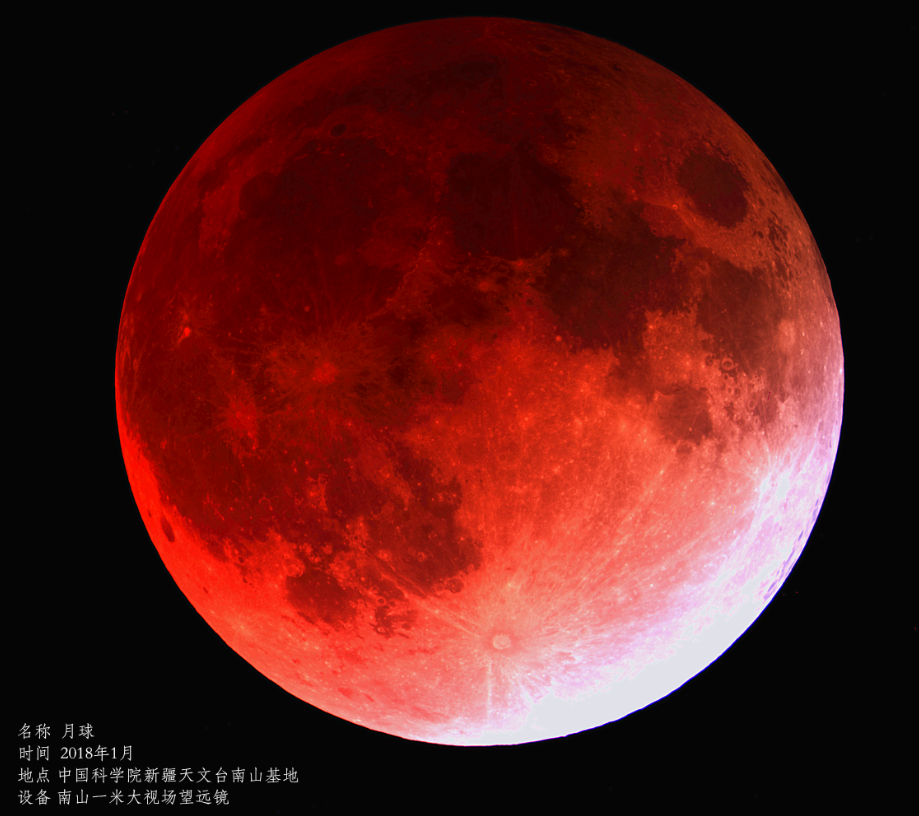Network broadcast of the total lunar eclipse: An observation activity from Xinjiang Astronomical observatory
A 3-in-1 exhibition from the moon, popularly known as the Blue Moon, that involves a total eclipse,supermoon, and blue moon, was staged in the sky over China on January 31. The last time that the same event happened was about 152 years ago on March 31, 1866.
In order to make convenience for the public to enjoy this rare astronomical event, XAO, in cooperation with the National Astronomical Observatories, Shanghai Astronomical Observatory, CCTV News, Xinjiang Broadcasting Station and other various organizations, carried out a live broadcast on the lunar eclipse. There were two observation spots in Xinjiang, namely the Nanshan Station of XAO and the Altay city. Over 200 people joined the broadcast at the Nanshan Station.
The live broadcast commenced at 19:30 and ended at 23:00. A red moon was visible in the sky from 20:51 to 22:08, and then followed by a slow recovery to its full moon. The cold weather did not diminish the enthusiasm of the people to watch this miraculous phenomenon. According to an unofficial statistics, over 70 million people enjoyed this phenomenon through the live broadcast.

Processed image of the red moon by optical staff

